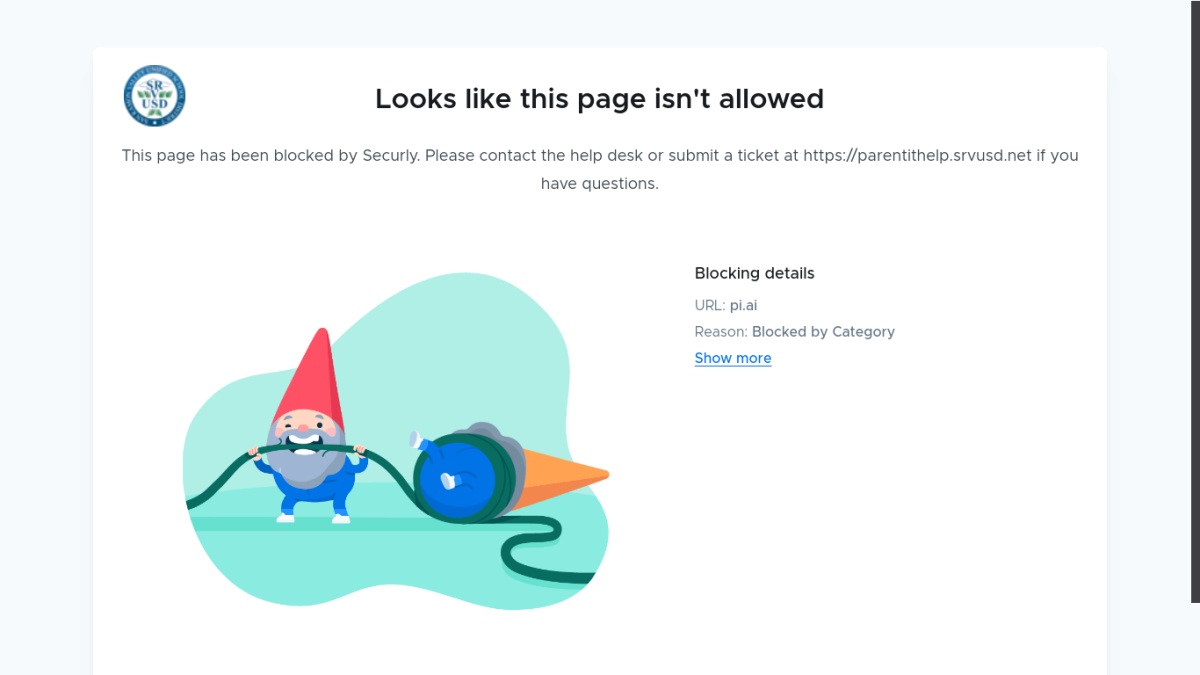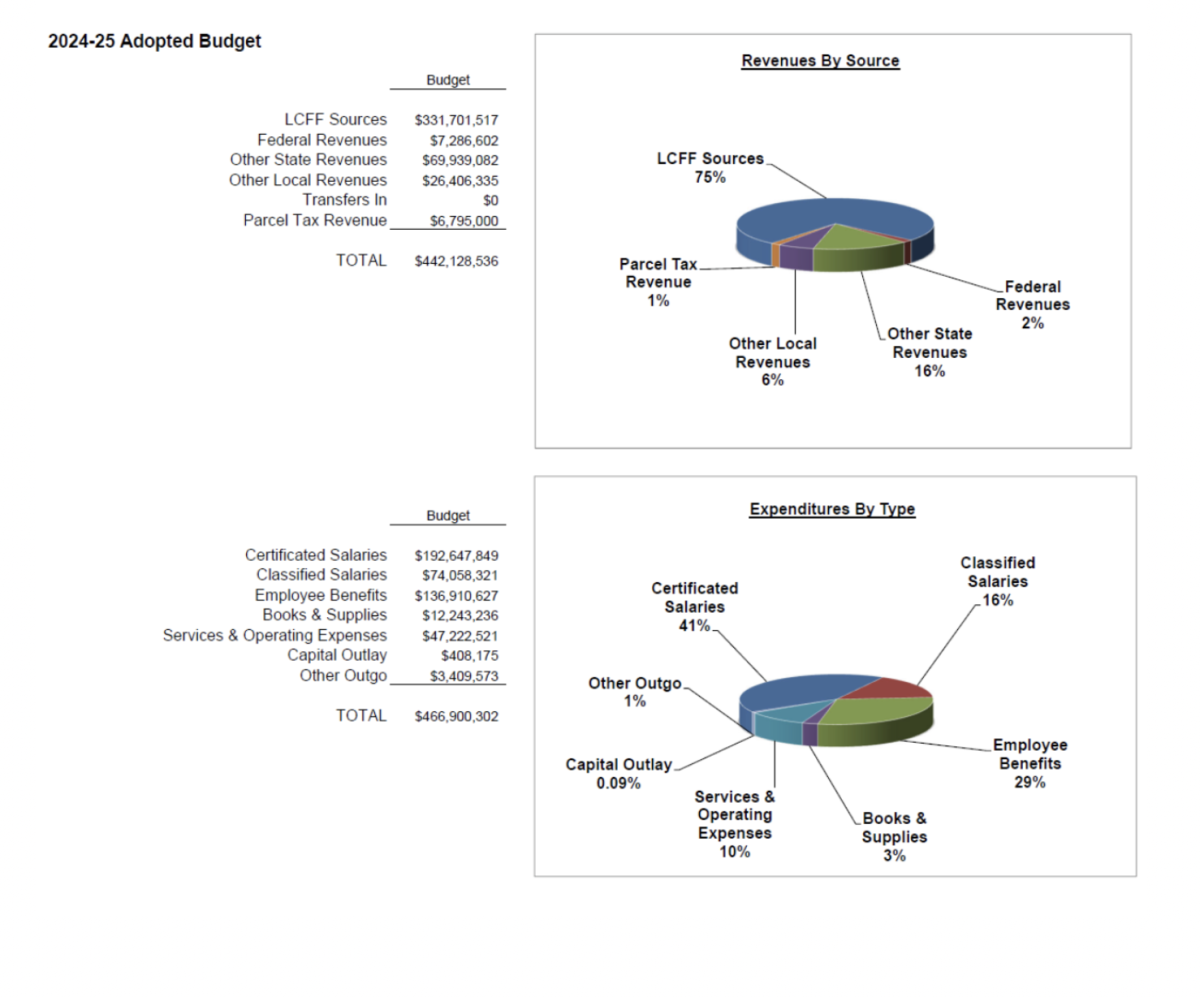Just seven days into 2025, regions all across the Los Angeles county experienced five separate fire outbreaks. While fires are not an abnormal occurrence for California, first responders and residents were unprepared for the totality of these blazes, especially in the middle of winter.
The circumstances that led to this outbreak were unusual. Consistent wind speeds of over 30mph were present, increasing the difficulty of fighting the fires and preventing sooner containment. Moreso has received less than 0.20 inches of rain over the past five months, compared to LA’s average rainfall being 3.00 inches. Even with these conditions, winter fires haven’t occurred in Southern California within the past four decades.
First responders struggled for days on how to address safety protocols and formulate an action plan to combat the fires. There has been immense support from other countries, specifically Mexico, which has brought many firefighters across the border. Even with this support, the fires continued to grow for days with minimal containment.
Within just days of these fires breaking out, damages were worse than any in Southern California’s records. As of January 27, over 57,400 acres have been burnt, along with the destruction of over 16,000 structures. Nearly 200,000 people have been displaced and there have been 28 fatalities.
Out of all five fires, the most recognizable is the Palisades Fire, which was the most destructive in the history of Los Angeles fires. This fire alone has burned more than 23,000 acres and has fully destroyed the Palisades High School.
The University of California in Los Angeles (UCLA) is receiving criticism for their response to student safety regarding the local fires. Despite the evacuation orders in effect around the campus since January 7, the school didn’t order dorm evacuations until January 10, three days after the fires began. This is when classes were switched online.
While most Monte Vista students haven’t been directly impacted by the fires, many of them have family members and loved ones in the region who are feeling the detrimental effects. One Monte Vista sophomore, Aine Ochs has a brother at UCLA.
“My brother decided to come home even before evacuation orders were issued.” Ochs said.
“I think that they didn’t want to draw conclusions and didn’t think that the fires were gonna reach campus, so that’s why they didn’t want to evacuate, I support the school because they respected the teachers, and the students safety while also emphasizing learning and continuation of the school session” Ochs said in response to UCLA’s alleged postponement of student safety. Unlike the popular opinion, Ochs and her family are in support of UCLA’s response.
The local and state government have faced significant criticism from both the public and the media regarding their management of this crisis. Recently, it has been reported that just weeks before the fires occurred, Governor Newsom reduced fire prevention funding by $101 million.
“I dont think they’re handling this right if they’re cutting budgets for these issues,” Ochs said “I feel like this in itself should be a priority on our government.”
What comes next for Los Angeles’ society remains a question. Experts say it will take years, and potentially decades for all damages to be recovered. Newsom signed over $2.5 billion for recovery efforts, although it will take at least an estimated $250 billion to recover all that has been destroyed. For this economic crisis, many relief funds have been started.
These fires have revealed significant gaps in preparedness, response, and funding, leaving the city of Los Angeles facing an unprecedented crisis. As the community begins the road to recovery, the question remains whether the lessons learned from this disaster will lead to lasting change in how the city addresses future emergencies.










Gay Elfand • Feb 1, 2025 at 8:01 pm
This was an excellent well-written article describing the impact of the fire.